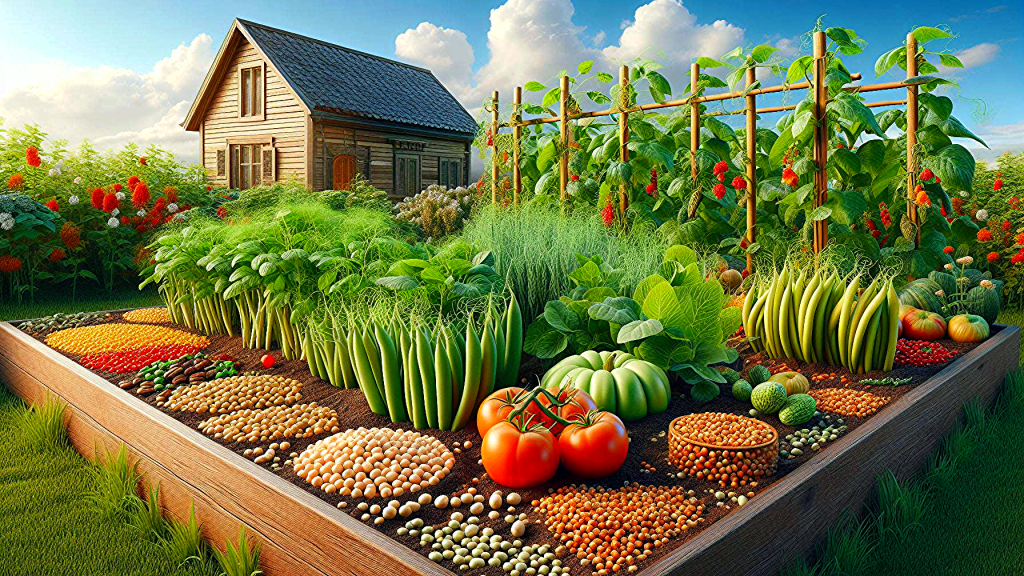
Image: AI-Generated; Prompt/edited: Tom Myrick
-Unlocking Dormancy –
Non-photoblastic seeds, often shrouded in mystery, exhibit fascinating germination behavior. Unlike their photoblastic counterparts, which crave sunlight to sprout, non-photoblastic seeds rely on other cues to break free from their dormant state. These cues might include temperature fluctuations, moisture levels, or even chemical signals from neighboring plants. In this botanical enigma, non-photoblastic seeds reveal their unique strategies for survival and growth, challenging our understanding of seed biology:
Non-photoblastic seeds are primarily influenced by temperature and moisture conditions. When the right balance of warmth and moisture is present, the seed’s metabolic processes are triggered, leading to germination. The exact temperature range required varies depending on the plant species.
Some non-photoblastic seeds have hard seed coats that must be broken down before germination. Scarification is a process of weakening the seed coat either chemically or mechanically. Natural scarification can occur through exposure to environmental factors like freezing and thawing cycles or abrasion from soil particles. Gardeners can also intentionally scarify seeds by nicking or sanding the seed coat.
Certain non-photoblastic seeds require a period of cold stratification. This process replicates the natural winter conditions the seeds would experience in their native environment. During stratification, seeds are kept in a cool, moist environment (usually in the refrigerator) for a specific duration. This cold treatment breaks seed dormancy and prepares them for germination when conditions improve.
Non-photoblastic seeds respond to chemical signals from neighboring plants or soil microorganisms, which can influence germination. Some seeds germinate better when exposed to specific plant hormones or compounds released by decaying organic matter.
Non-photoblastic seeds are less light-sensitive, so their planting depth does not significantly affect germination. However, planting them at the appropriate depth ensures they receive the right balance of moisture and oxygen.
Beans (including green and snap beans), peas, and tomatoes are vegetable seeds that are non-photoblastic. On the other hand, seeds that require light to germinate, (lettuce, celery, dill, rosemary, and thyme) are photoblastic.
In summary, non-photoblastic seeds rely on temperature, moisture, scarification, stratification, and chemical cues to break dormancy and begin their growth journey. Seeds that require light to germinate are called “photoblastic.
Remember that seeds rely on different factors to germinate. When germinating seeds, be sure to do your research on their specific requirements. Understanding these mechanisms helps gardeners optimize conditions for successful seed germination.
Writer/Digital creator/Prompt designer: Tom Myrick
YouTube: www.youtube.com/@urbangardening4u2day17
View on Facebook: https://www.facebook.com/profile.php?id=61555328057879
Image: AI-Generated
Prompt/edited: Tom Myrick

You must be logged in to post a comment.